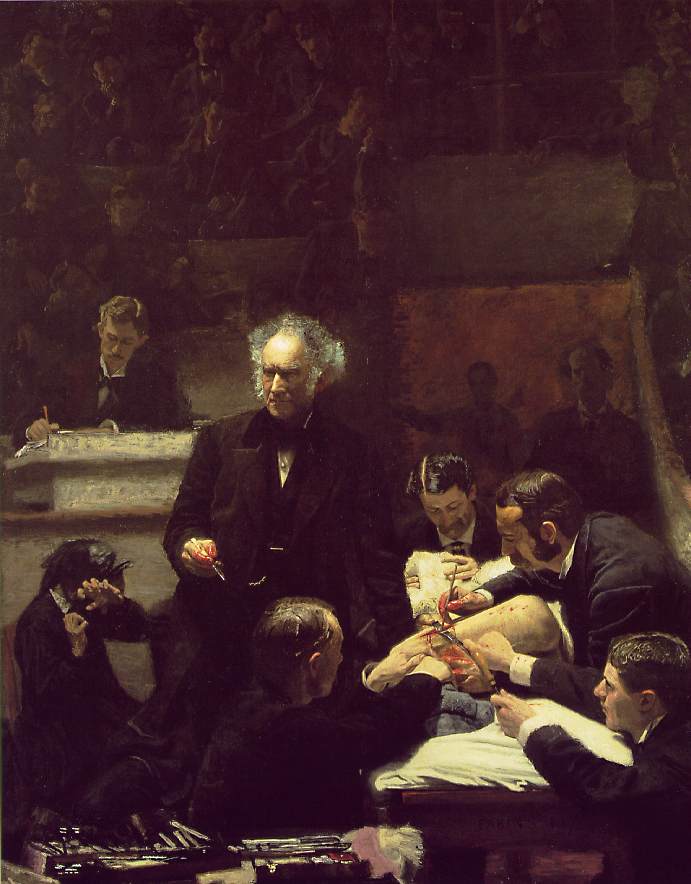WHEN THE NEWS came out that Senator Edward Kennedy was suffering from a malignant brain tumor, my family understood all too well how the Kennedys felt. My brother had recently received the same diagnosis.
The prognosis is brutal. My brother has a glioblastoma, the most serious kind of brain tumor, and the type that experts say likely afflicts the senator. With the current standard treatment, the median survival time is less than 15 months.
As my family learned more about the disease, though, we found reasons for hope. My brother is a marathon runner in his mid-20s. Tall and lean with a head of thick curls, he always exuded health and vitality. The ironies of the situation, while making his diagnosis all the harder to assimilate, also work in his favor. His youth and overall physical functioning mean that his chances are better than the odds would suggest.
But we also found another cause for optimism, which I suspect Kennedy and his family have discovered, too. At a time of expanding medical options, some doctors blame the miserable statistics, in part, on insufficiently aggressive treatment. Last year, Duke neuro-oncologist Dr. Henry Friedman wrote a provocative paper chastising the medical community for approaching glioblastomas as death sentences. Noting that a small but growing number of patients have achieved long-term survival, he pushed for supplementing the standard treatment with additional therapies, including drugs that have not been FDA-approved for this illness. And, more broadly, he advocates a change in attitude.
"There's a nihilism that the disease is hopeless," Friedman said recently. "It's a very difficult disease to treat. But if you approach it as a potentially curable disease, I think that you can do good."
The debate over one of medicine's enduring dilemmas has come to brain cancer. A core principle of the profession is, famously, to do no harm. Medical advances proceed methodically and with caution; new treatments are tested rigorously for safety and effectiveness. But in the case of terminal disease, wrenching choices arise. Sticking with the standard treatment all but guarantees dismal results, and could therefore even be argued to amount to doing harm. Experimental treatments offer more hope, but carry the risk of worsening the situation, robbing the patient of time and quality of life.
In the treatment of brain cancer, where a number of experimental options are emerging but little is known for sure, the stakes are particularly high. When the landscape is shifting quickly, how do you ensure that all patients - not just senators - get the best treatment?
Friedman is a controversial figure in neuro-oncology, and his inflammatory charges have offended some of his colleagues, who bristle at the notion that they're shortchanging patients. Some already treat patients in the aggressive, experimental manner Friedman is urging, or would like to but are constrained by cost (insurance companies often decline to cover drugs that are not approved for the illness in question). Others consider Friedman's approach too risky.
Duke's Tisch Brain Tumor Center does have a reputation for being pioneering and aggressive, although it hasn't cured glioblastoma at a higher rate than other medical centers. In initial reports about Kennedy's treatment, the mention of a surgical option was conspicuously absent, but then he flew to Duke for surgery with Dr. Allan Friedman (a colleague, but not a relation, of Henry Friedman). We know few further details about Kennedy's medical situation, but that sign indicates that he has decided to attack his tumor with a formidable arsenal.
Such an approach holds appeal for many patients, who, when faced with a prognosis this discouraging, are inclined to try anything and everything that seems remotely promising, even in the face of looming risks. Ben Williams, a psychology professor at the University of California at San Diego and the author of the 2002 book "Surviving 'Terminal' Cancer," recovered from a glioblastoma diagnosed in 1995. Taking his treatment into his own hands, he took an array of drugs and "alternative" medicines that his doctors frowned upon.
"You tell me I'm going to be dead in a year," he recalls thinking. "What do I have to lose?"
More ...
http://www.boston.com/bostonglobe/ideas/articles/2008/06/15/first_do_not_give_up/?page=full

